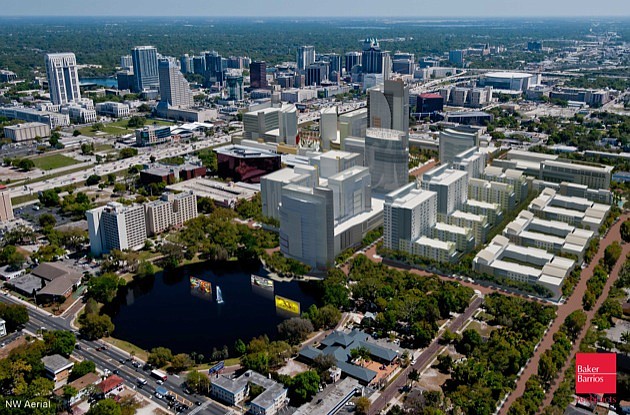- December 13, 2025
-
-
Loading

Loading

REVIEW SUMMARY
Issue. Redeveloping old Amway Arena
Industry. Real estate, digital media
Key. Orlando will create a high-tech neighborhood on the site of the Orlando Magic's old home.
Orlando native Craig Ustler knows his legacy will rest on the success of his next project.
Ustler is leading a team that will build Creative Village, a $1 billion redevelopment project to turn an old basketball arena into a high-tech neighborhood of businesses and universities that could establish Orlando as a leading city in the digital media industry.